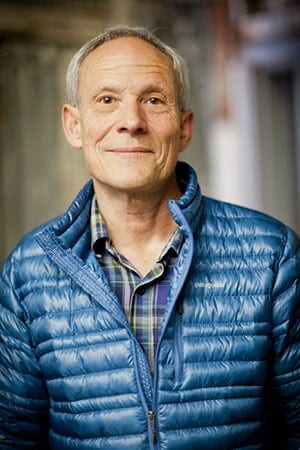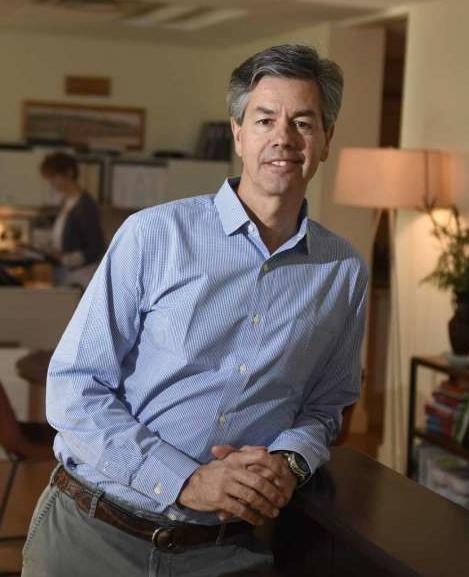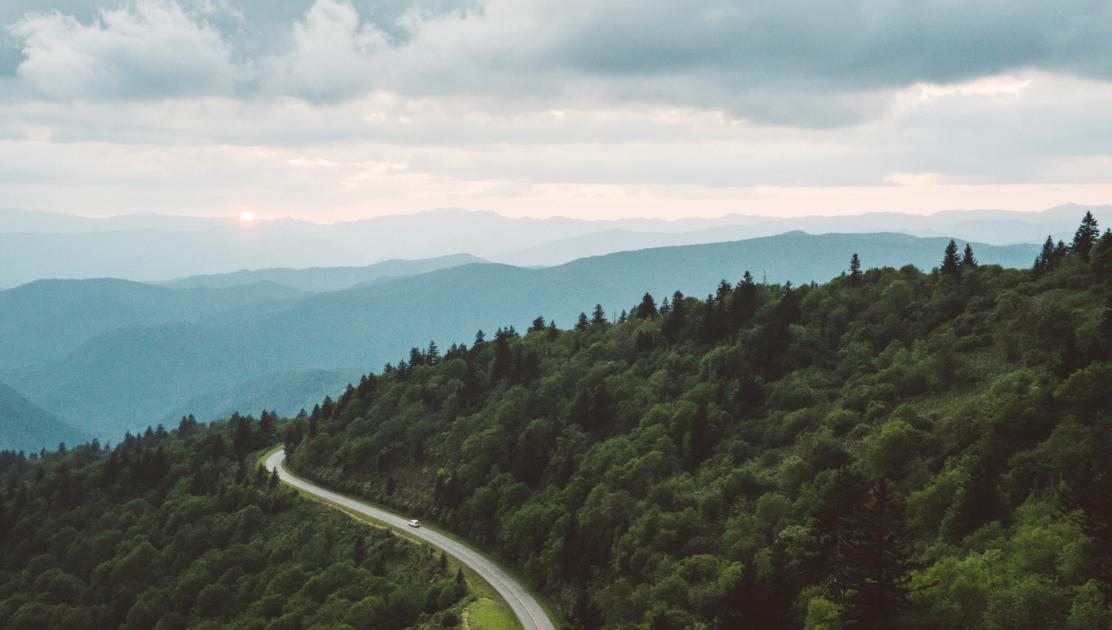The Path to a Regenerative Universe
By Garrison InstituteThe Garrison Institute brings together an unusual mix of constituents: contemplative and spiritual teachers, highly-credentialed academic scientists, and those working on new forms of social and environmental engagement. Together, we seek to better understand the mind and the many systems it inhabits, and to develop new pathways, rooted in a mix of both spiritual and secular understanding, that lead to deep and lasting social transformation.
We recently convened a symposium, Pathways Towards Planetary Health: Half-Earth, Ecological Civilization, Regenerative Economics, and Pervasive Altruism–to explore the intersection of these four emerging ideas, and to find their convergence and the indications of the pathway forward towards planetary health. Vincent Stanley and John Fullerton participated in the symposium.
Both Stanley and Fullerton have been working for years on the theory and practice of regenerative economics, through their firms and in various academic and institutional settings. From our recent conversation with them, here are their stories of how they got there:
 Vincent Stanley: I’m a child of the ’60s. I went to an experimental high school where the buildings were geodesic domes and we had a photograph of Buckminster Fuller in his suit lying on the back of a couch or a bed that doubled as a couch. And the Whole Earth Catalog was being produced down the street. The Vietnam War was raging and the year I turned 16 was 1968, and my sense was that the world as I knew it would not go on much longer. And it did. And I came into the ’70s and, almost having grown up in the turmoil and been involved in alternative movements in the late ’60s, ended up at my uncle’s climbing equipment company [Patagonia].
Vincent Stanley: I’m a child of the ’60s. I went to an experimental high school where the buildings were geodesic domes and we had a photograph of Buckminster Fuller in his suit lying on the back of a couch or a bed that doubled as a couch. And the Whole Earth Catalog was being produced down the street. The Vietnam War was raging and the year I turned 16 was 1968, and my sense was that the world as I knew it would not go on much longer. And it did. And I came into the ’70s and, almost having grown up in the turmoil and been involved in alternative movements in the late ’60s, ended up at my uncle’s climbing equipment company [Patagonia].
And I liked it. I thought it was a refuge. I thought it was an honest business, that it was making great products. I liked the climbers and surfers even though I wasn’t one. And I stayed at the company for a very long time, and for many of those years I was in positions that weren’t particular satisfying. But I moved around, and then when the company started to get more involved in environmental work, I gravitated in that direction. And I ended up full circle.
After 45 years I find myself kind of back in the realm that I was in the ’60s. And I also feel so much less cynical than I did in the ’90s because I actually see in our company people who have cased a moral problem – whether it’s a labor problem dealing with how people are paid in the factories, or how organic cotton is grown, what kinds of chemicals we use – but I’ve seen people grapple with that and say, “This is not acceptable. There is something else we can do. Let’s go ahead and do it.” And then succeed at that.
And then I’ve seen within this one company that’s been my laboratory for 45 years, as it turns out, I see in that company things that have been possible in the last five or ten years that would have been impossible 25 years ago.
Now I can, with that kind of perspective, look forward and say, okay, I’ve seen we’re also influencing other people. I know that other people can have this kind of effect. So what makes me come to work in the morning is this sense that yes, you can keep going, you can do the right thing, you can make a difference – and also that there’s a kind of tide that we all thought was coming much sooner than it did in the late ’60s. But then we weren’t essentially wrong about some of the things we thought about, particularly in relation to the environment, and particularly in relation to human work and human communities.
I see it as an extension of the work that I’ve been doing all my life. And I don’t think I would have seen that, I never would have told you that 25 years ago and I can tell you that now.
 John Fullerton: My path is very different. I grew up in the ’70s, first of all, and really was too young to—I mean, I was aware of Vietnam and aware of Earth Day, but I was a kid and it wasn’t on my radar.
John Fullerton: My path is very different. I grew up in the ’70s, first of all, and really was too young to—I mean, I was aware of Vietnam and aware of Earth Day, but I was a kid and it wasn’t on my radar.
I graduated from college and had this idea that economics and finance would become the organizing system for international relations, which is what I studied in college, more than politics would. So I decide the best place to learn about that was to find the best bank you could get a job at and go work there. And I started my career at what was then called Morgan Guaranty Trust Company, in 1982 – and really naïve to all of these issues. And Morgan had this stellar blue-chip reputation, and I felt privileged to be invited into the club.
We held extremely high ethical standards on everything we did, and it was a great culture. I worked there for nearly 20 years while the business became more and more competitive. But it was an exciting time, and it was sort of the beginning of globalization, and I was this young, somewhat naïve kid. And I learned how to use a spreadsheet before my boss, so that gave us tremendous influence in how the business was evolving
And over time I just grew restless and it was sort of one of these stories of a quiet voice telling me it was time to do something different. And so I left after the merger with Chase Manhattan Bank, mostly because it was clear that the culture that I had grown up in was going to be gone. And I had no idea what I wanted to do. I just knew I wanted to get away from there. And so I quit with no idea what the future would hold when I was sort of at the prime of my career.
I took the summer off, and the first thing after that is I walked into 9/11 firsthand, and that shook me really to the core. So I took the liberty of spending some time just learning and reading books, and I discovered the environmental crisis, and I discovered that there’s such a thing as system science. And I kind of discovered that everything I thought was true about economics and finance was questionable.
And this is not the ethics part – that came later when the financial crisis happened– it was really just that the core idea of exponential growth on a finite planet was an existential threat really to everything I thought was true. Then the financial crisis happened, and it reinforced my belief that there was something fundamentally wrong, and I was as shocked as anyone at the extreme irresponsibility and ethical misconduct and fraud and everything else.
And so I’ve just sort of been on this journey of discovery really ever since, that ultimately led me down the path that many others have worn before me.
And it’s interesting that I’ve known Vincent pretty well now for several years. I never heard that Buckminster Fuller story. But I just recently read Bucky’s final book called Grunch of Giants, which is his critique of capitalism. And sure enough right there at the beginning and the end of his final book that he published the year he died is his understanding of what he called regenerative universe, and how we needed to align our human society with the patterns and principles of a regenerative universe. And he calls for local universe monitors, and local universe problem-solvers, which is to me his way of expressing the need for place-based regenerative economy experiments. So I feel very connected to whatever energy that fueled Bucky, and it’s the same energy that inspired indigenous traditions before him and many others. So it’s a whole new kind of sense of meaning and purpose in my life.
Featured photo by Joshua Ness on Unsplash.com
